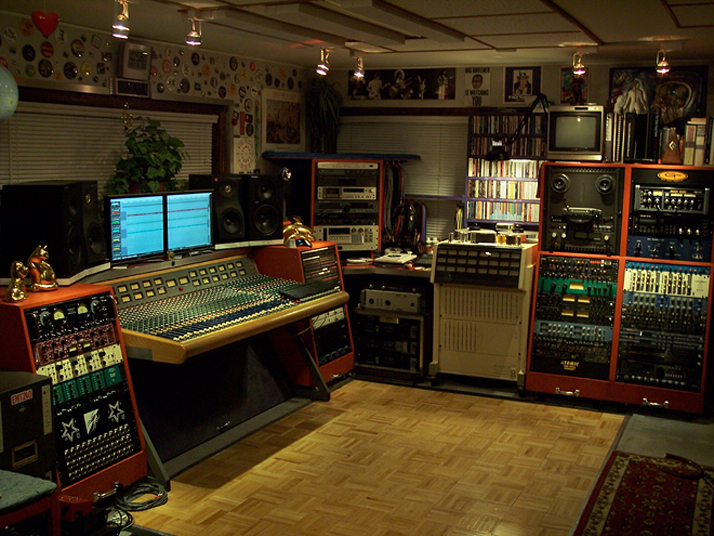First things first - I'm running a 24 channel console into a 24 track digital recorder. So I both track and mix using the console and outboard and in my studio i have a live and a control room.
I want to be able to easily plug in to any channel from both the live and control room. So far I have only plugged straight into the desk or repatched through whichever pre/compressor i'm using.
At the moment I have a patch bay with all my outboard patched in so that makes life somewhat easy as I can just send lines out to the desk. However, this new space is leaving me spatially restricted so getting behind the racks and the console is a bit hard.
So, how could I have a permanent set up of 24 channels from the live room coming in which i can assign to outboard or the desk without having to get behind the units and also have a panel of 12 XLR inputs in the control room which can do the same? I'm assuming it's some kind of patch bay, however, i have no idea what as i don't want to make the signal chain too long or complicated.
I own a 24 channel multicore XLR both ends and was assuming this was going to be used as the main go-between the live and control rooms.
I want to be able to easily plug in to any channel from both the live and control room. So far I have only plugged straight into the desk or repatched through whichever pre/compressor i'm using.
At the moment I have a patch bay with all my outboard patched in so that makes life somewhat easy as I can just send lines out to the desk. However, this new space is leaving me spatially restricted so getting behind the racks and the console is a bit hard.
So, how could I have a permanent set up of 24 channels from the live room coming in which i can assign to outboard or the desk without having to get behind the units and also have a panel of 12 XLR inputs in the control room which can do the same? I'm assuming it's some kind of patch bay, however, i have no idea what as i don't want to make the signal chain too long or complicated.
I own a 24 channel multicore XLR both ends and was assuming this was going to be used as the main go-between the live and control rooms.



